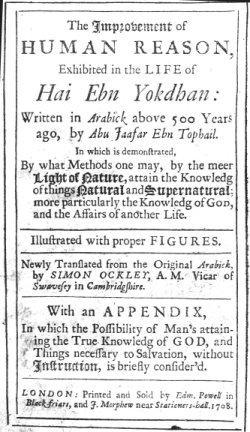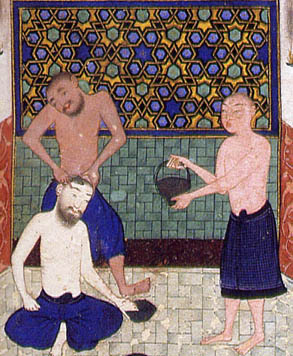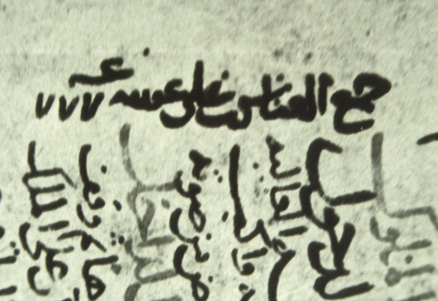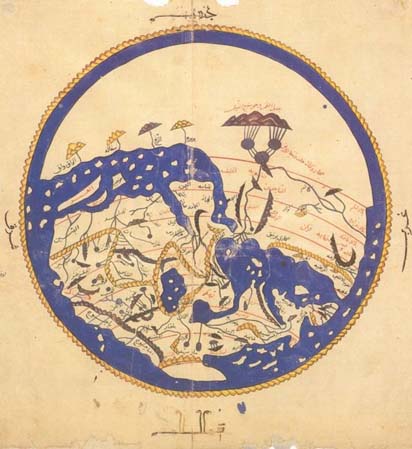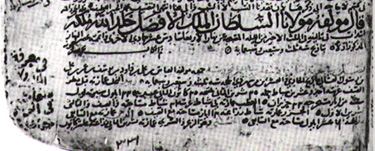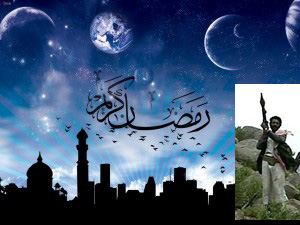
Ah the magic of numbers. Today we can triple our numeratic pleasure as the 11s line up like a row of ducks. The esoteric knowledge of the symbolism of numbers stretches across time and cultures. Some numbers are wildly popular, such as the trinity (where three is not a crowd but a godhead), the dreaded three 6s (which Michele Bachman recently used to tax the imagination of Herman Cain), the nines (addressed to those who are well dressed), the decidedly decimal tens (from Moses to metrics), and the well disciplined 12s (for which the jury is never out). But, what about that rather odd dual digit number 11? Apart from a painting of The Last Supper with Judas out of the room, when was the last time you thought of 11 of anything? Well, if you like bad horror movies that stroke biblical demons to death, try out the film 11/11/11.
To the Kabbalists no stone can be left unturned and no number uninterpreted. In her fascinating book, The Mystery of Numbers (Oxford University Press, 1993), Annemarie Schimmel devotes only a mere three pages to the semiotics of 11. As she notes, “Larger than 10 and smaller than 12, it stands between 2 very important round numbers and therefore, while every other number has at least one positive aspect, 11 was always interpreted in medieval exegesis ad malam partem, in a purely negative sense.” For medieval Christians 11 was the number of sinners, not the total number of course, but the curse of going beyond the 10 commandments and not reaching the 12 disciples.
In Islamic texts Schimmel only notes that the Brethren of Purity (Ikhwan al-Safa) also thought of 11 as negative and as a “mute” number. But for those who love conspiracy theories, here is one that is too precious not to repeat:
1) New York City has 11 letters
2) Afghanistan has 11 letters.
3) Ramsin Yuseb (The terrorist who threatened to destroy the Twin Towers in 1993) has 11 letters.
4) George W Bush has 11 letters.
This could be a mere coincidence, but this gets more interesting:
1) New York is the 11th state.
2) The first plane crashing against the Twin Towers was flight number 11.
3) Flight 11 was carrying 92 passengers. 9 + 2 = 11
4) Flight 77 which also hit Twin Towers , was carrying 65
passengers. 6+5 = 11
5) The tragedy was on September 11, or 9/11 as it is now known. 9 + 1+ 1 =
11
6) The date is equal to the US emergency services telephone number 911. 9 +
1 + 1 = 11
Sheer coincidence. .?! Read on and make up your own mind:
1) The total number of victims inside all the hi-jacked planes was 254. 2 +
5 + 4 = 11.
2) September 11 is day number 254 of the calendar year. Again 2 + 5 + 4 = 11.
3) The Madridbombing took place on 3/11/2004. 3 + 1 + 1 + 2 + 4 = 11.
4) The tragedy of Madrid happened 911 days after the Twin Towers incident.
Now this is where things get totally eerie:
The most recognized symbol for the US , after the Stars & Stripes, is the Eagle. The following verse is taken from the Quran, the Islamic holy book:
“For it is written that a son of Arabia would awaken a fearsome Eagle. The wrath of the Eagle would be felt throughout the lands of Allah while some of the people trembled in despair still more rejoiced: for the wrath of the Eagle cleansed the lands of Allah and there was peace.” That verse is number 9.11 of the Quran.
Still unconvinced about all of this..?! Try this and see how you feel afterwards, it made my hair stand on end:
Open Microsoft Word and do the following:
1. Type in capitals Q33 NY. This is the flight number of the first plane to hit one of the Twin Towers.*
2. Highlight the Q33 NY.
3. Change the font size to 48.
4. Change the actual font to the WINGDINGS.
Nice try, but the real Quranic 9:11 flies in the face of this scenario: “And if they turn to God, keep up the prayer, and pay the prescribed alms, then they are your brothers in faith.” Oops, this hardly seems like a call for aerial jihad. But 11/11/11 mongers have even prompted Egyptian authorities to close the Khufu pyramid for fear of Masonic rites there.
And you thought 11 was a rather harmless number… But, perhaps the last word about 11 should be the most sporting one. A soccer team, anyone? And, to top the hat trick, German goalkeepers are said to call the penalty kick an Elfmeter (11 meters).
